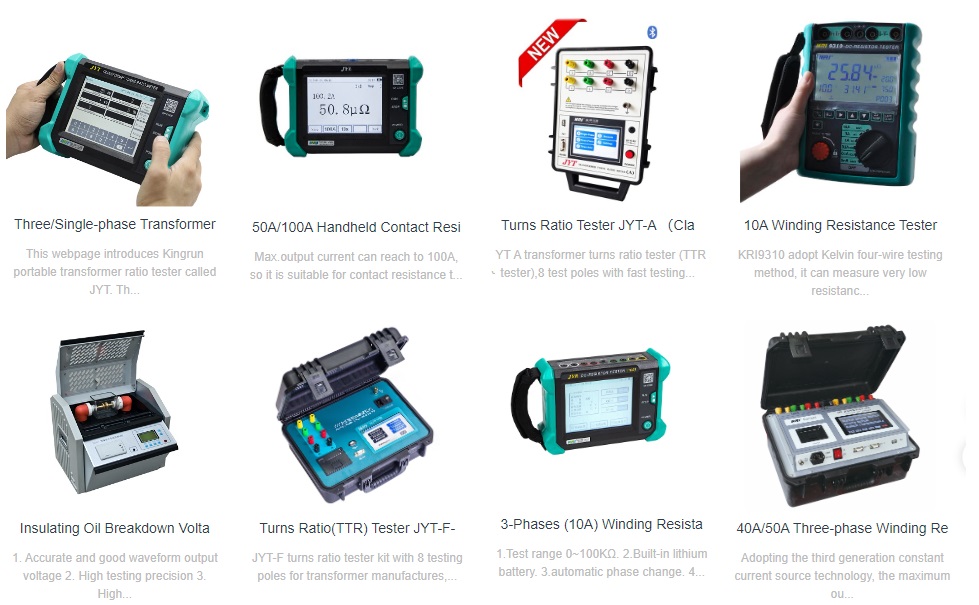How to Improve the Measurement Accuracy of Ground Resistance
Introduction
Ground resistance is a critical parameter for the safe operation of power systems and various equipment. It refers to the resistance value between the grounding body and the earth, which directly impacts the safety and stability of the equipment. A well-designed grounding system can effectively prevent damage from external disturbances such as lightning overvoltage and electrostatic discharge, while also ensuring personnel safety. Therefore, regularly testing and measuring ground resistance to ensure compliance with relevant standards is of significant practical importance.
Ground Resistance Testing: Important Considerations
Measurement Method Selection: The measurement method should be chosen based on the grounding resistance of the tested body and the required accuracy. For critical projects with relatively low grounding resistance, the current-voltage method is preferred. When using Class 1 to 1.5 measuring instruments, the measurement error can be kept below 5% to 10%. For larger grounding resistances, a ground resistance tester can be utilized.
Distance Requirements: The distance between the tested ground body, current electrode, and voltage electrode must meet specified requirements.
Lead Specifications: The cross-sectional area of the connection wires used for measurement should generally not be less than 1.5 mm², and they should be insulated from the ground. Connections to each electrode must be secure with good contact. To minimize mutual inductance effects between the leads, the distance between them should ideally be greater than 5 meters; if this is difficult, it should be at least 1 meter.
De-energizing Equipment: For grounding systems that frequently carry working current, relevant equipment should be de-energized prior to measurement.
Safety Precautions: During ground resistance measurement, significant voltage drops will occur around the current electrode and grounding body. Therefore, no personnel or animals should be within a radius of 30 to 50 meters to avoid accidents or interference with measurement results.
Soil Moisture Considerations: Since soil moisture has a substantial impact on ground resistance, measurements should not be taken immediately after rainfall.
Repeating Measurements: Ground resistance should be measured multiple times (3 to 4 times), discarding any outlier data, and using the arithmetic mean as the actual result.
Conclusion
In the measurement of ground resistance, adhering to scientific testing methods and precautions is essential. Accurate measurements not only enhance testing reliability but also provide a solid basis for subsequent maintenance of the grounding system. By taking multiple measurements and calculating an average, random errors can be effectively minimized, improving the credibility of the data. In summary, prioritizing the testing and maintenance of ground resistance is vital for ensuring the safe operation of electrical equipment and protecting both personnel and equipment.
Kingrun Transformer Instrument Co.,Ltd.


More Transformer Testers from Kingrun




